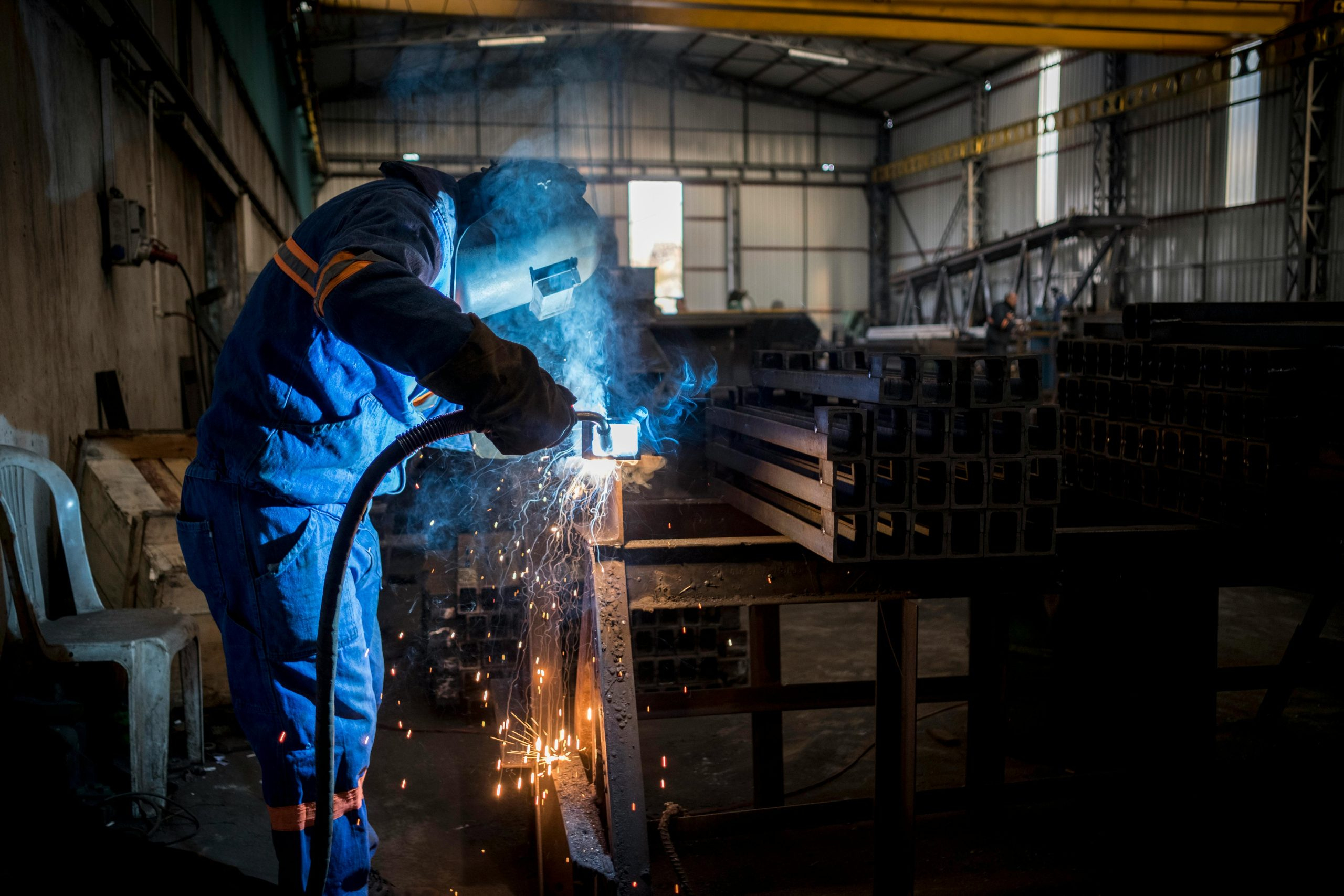Asia Pacific: The Outlier in Construction Trends
The Asia Pacific region has long been known as a hub for economic growth, with its rapid development and emerging markets attracting global attention. However, when it comes to construction trends, Asia Pacific is often seen as an outlier compared to other regions. In recent years, the construction industry in Asia Pacific has experienced significant shifts and innovations, making it a unique and dynamic market to watch. In this article, we will explore the factors that make Asia Pacific stand out in terms of construction trends and why businesses should pay attention to this region.
The Rise of Urbanization and Infrastructure Development
One of the major drivers of construction trends in Asia Pacific is the rapid pace of urbanization. According to a report by the World Bank, by 2050, more than half of the world’s population will reside in urban areas. Asia Pacific is expected to contribute significantly to this trend, with the region’s urban population projected to reach 3.3 billion by 2050.
This increase in urbanization has given rise to the need for infrastructure development. As countries in Asia Pacific continue to grow, the demand for new and modern infrastructure, including roads, ports, airports, and public transport systems, is on the rise. This has led to a surge in construction activities in the region, driving the growth of the industry.
The Emphasis on Sustainable Construction
Another trend that sets Asia Pacific apart is its strong focus on sustainable construction. The region is home to some of the world’s leading proponents of sustainable development, with countries like Japan, Singapore, and South Korea being pioneers in this field.
This emphasis on sustainable construction has been fueled by factors such as a growing awareness of environmental issues, the need for energy efficiency, and the rising cost of resources. As a result, many governments and organizations in Asia Pacific have implemented regulations and incentives to promote sustainable practices in the construction industry. This has led to the adoption of innovative solutions and technologies, making Asia Pacific a leader in sustainable construction.
Innovations and Technological Advancements
Speaking of innovation, Asia Pacific is also at the forefront when it comes to adopting new technologies in the construction industry. In recent years, there has been a significant increase in the use of digital solutions and building information modeling (BIM) in the region.
China, for instance, has invested heavily in developing its construction technology sector, with companies like Broad Sustainable Building and Winsun leading the way in prefabricated construction. Similarly, Singapore has launched initiatives to promote the use of 3D printing in the construction industry, aimed at increasing productivity and reducing costs.
Challenges Ahead: Labor Shortage and Rising Costs
Despite its impressive growth, Asia Pacific’s construction industry is not without its challenges. One of the major obstacles that the region is facing is a shortage of skilled labor. With the rapid increase in construction activities, there is a high demand for trained workers, leading to a labor shortage in many countries.
This shortage, coupled with the rising cost of materials and resources, has resulted in project delays and cost overruns. To address this issue, many countries in Asia Pacific are investing in training programs and technology to improve productivity and reduce the need for manual labor.
Conclusion
The construction industry in Asia Pacific is undergoing a major transformation, driven by the region’s rapid urbanization, sustainable development goals, and technological advancements. As a result, Asia Pacific is becoming a hotspot for construction activities, with many global players tapping into the region’s potential. However, challenges such as labor shortage and rising costs may pose a threat to the industry’s growth. Despite these obstacles, Asia Pacific remains a key player in the global construction market, setting itself apart through its unique trends and innovative approach to development.
As businesses and investors look for lucrative opportunities in the construction sector, keeping an eye on Asia Pacific’s dynamic market can provide valuable insights and potential for growth. With its increasing urbanization, sustainable mindset, and technological advancements, Asia Pacific is truly an outlier in the world of construction trends.











